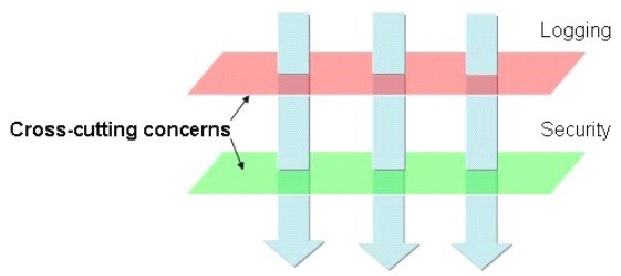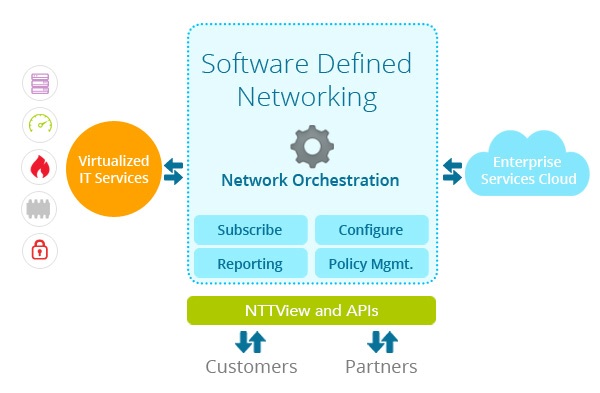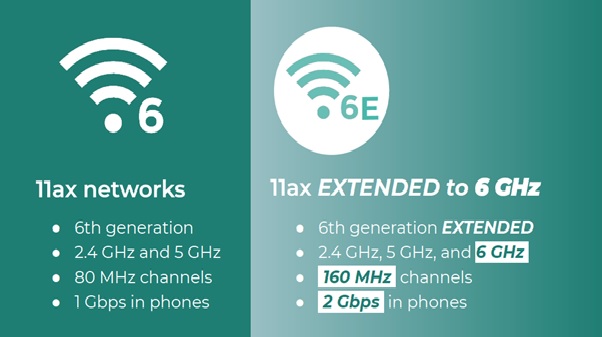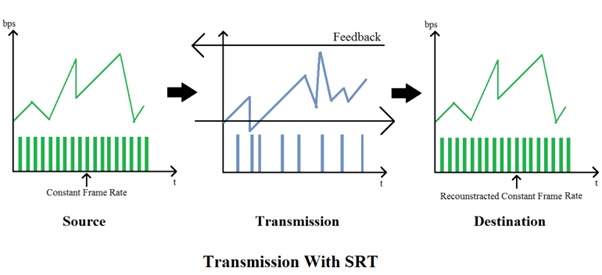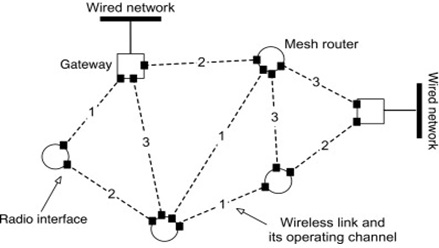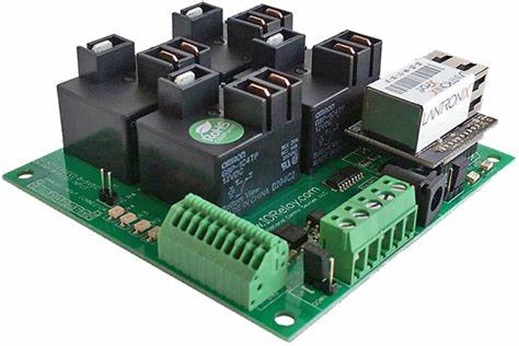Photonic (Optical) Networking
An optical (photonic) network transmits information as optical rather than electronic signals: It uses light, not electrical currents, to convey data.
In a truly optical network, every router, switch and repeater would work with light only; conversion to and from electrical impulses would only be done at a network packet's origin and destination. Current commercial networks mix optical networking and electronic networking. Data signals are converted from light to electronic or electronic to light multiple times. They traverse long links and high-capacity connections within data centers and in campus and building backbones as light, but get converted to electrical signals in all routers and network appliances.[1]
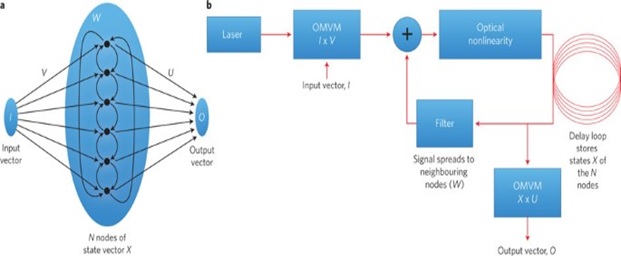
Figure 1. Photonic neutral networking
Figure 1 shows Photonic devices and networking concepts that drive future network scaling and performance for next-generation applications.
The new applications and network architectures will both drive and utilize innovations in optical transmission and photonic devices. Growing demands for bandwidth, flexibility, programmability, resilience, low cost, high integration, high functionality, low power consumption, and small footprint require novel solutions in photonic networks and devices. New management paradigms in the framework of software-defined networking are needed for efficient and dynamic programmability of virtualized network resources.
NETWORKS focuses on fostering research that supports the future scaling and performance requirements of emerging applications, including spectrally and spatially multiplexed systems, data center and data-center interconnection, cloud infrastructure, and content delivery. NETWORKS brings together researchers and engineers from various communities that intersect in today's applications that require photonic networks.[2]
Difference between optics and photonics
Optics is a general area of physics covering a wide range of topics related to the study of light. Optics includes such subfields as geometrical optics, physical optics, and quantum optics. Photonics is a subset of the optics discipline.
Geometrical optics, sometimes referred to as classical optics, is primarily concerned with the manipulation of light using devices such as lenses, mirrors and prisms. In geometrical optics, light is modeled using the ray approximation. In the ray approximation, light wavefronts are approximated as a collection of rays, each perpendicular to the wavefront of light and representing the energy flow through the system. A typical application of geometrical optics would be the design of an imaging lens for a camera.
Physical optics is the study of light where the wave nature is predominant. In physical optics the ray approximation is not valid since interference and diffraction effects must be accounted for. Physical optics tends not to include effects caused by the particle nature of light. A typical application of physical optics would be the production of holographic images.
Quantum optics is the study of light phenomena where the particle, or quantum, nature of light is important. Quantum optics and photonics are closely related, but quantum optics tends to be more theoretical and photonics is more concerned with the design of practical applications. A typical area of study for quantum optics would be theoretical study of the physics of light creation at the p-n junction inside an LED. [3]
Real-world photonic applications
Photonics devices effect a very wide range of applications. Telecommunications is heavily dependent on photonics devices for fiber optic networks that greatly increase the capacity and speed of internet communications all the way down to the home. Lighting has been transformed with the advent of affordable, powerful LEDs that cut power consumption while providing high-quality, flexible lighting solutions. Solid-state lasers are now commonly found in applications from medical to industrial. Light weight, compact light sensors are found in devices as diverse as cellphone cameras, bar code scanners, printers, DVD players and automotive sensors. Finally, the emerging field of photonic computing is working towards the goal of supplementing or replacing traditional electronic-based printed circuit boards and integrated circuits with optoelectronic circuits.[3]
References:
- https://www.techtarget.com/searchnetworking/definition/photonic-network
- https://www.osa.org/en-us/meetings/osa_meetings/advanced_photonics_congress/program/photonic_networks_and_devices/
- https://www.synopsys.com/glossary/what-is-photonics.html
Cite this article:
Thanusri swetha J (2021), Photonic (Optical) Networking, AnaTechMaz, pp. 17



